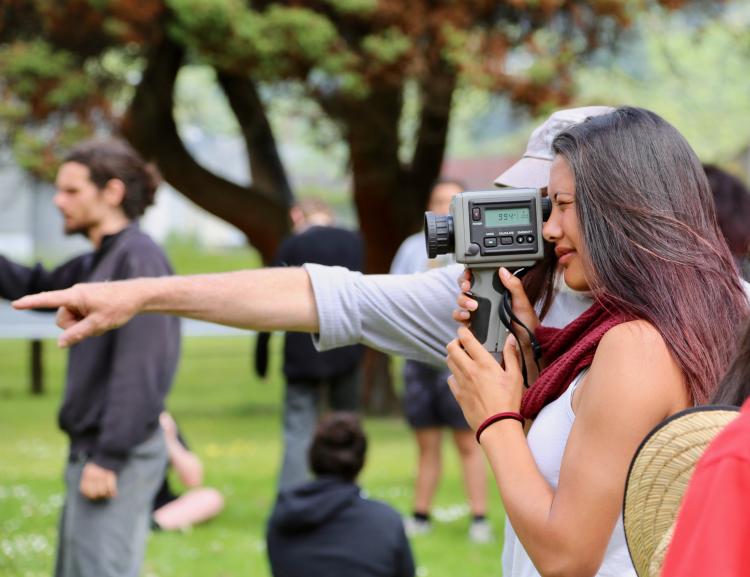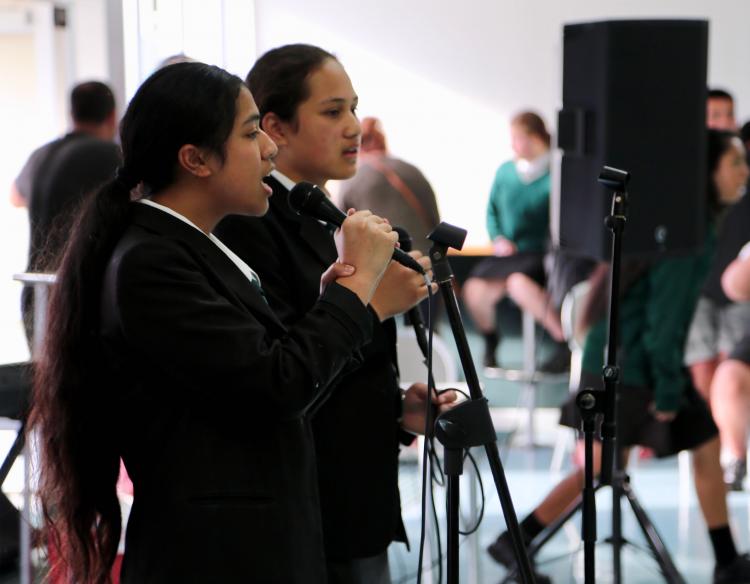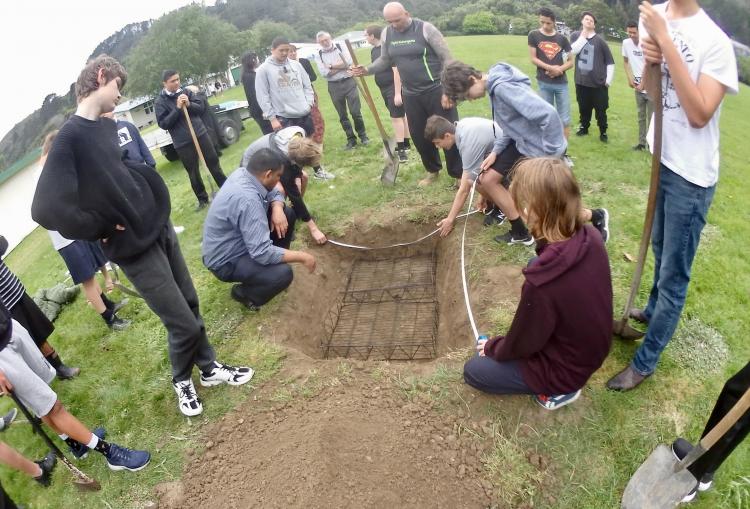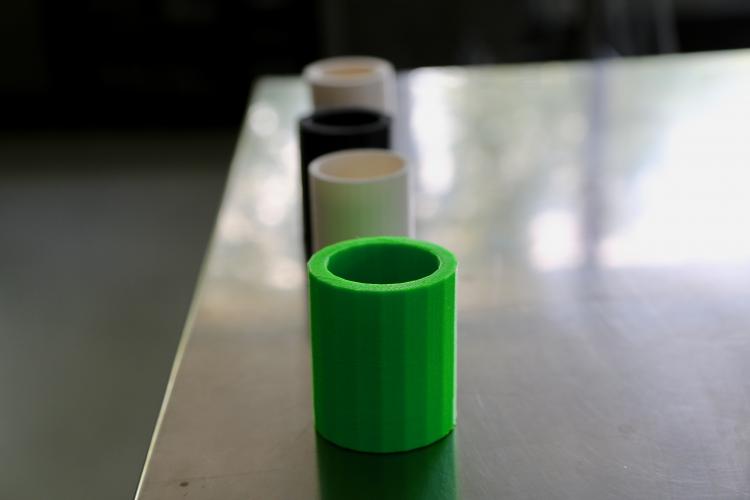Cultural intelligence inspires authentic learning in STEAM at Taita College
Tags: Learning languages | Mathematics and statistics | Science | STEM/STEAM | Technology | The Arts | Tikanga Māori | Secondary |
At Taita College in Wellington's Lower Hutt, learning is authentic, future-focused, multidisciplinary, and culturally responsive.
Taking the rich cultural diversity of their student cohort as a starting point for deep learning, school leaders have been integrating NCEA units around authentic cultural contexts, such as the cooking of food in a hāngī and umu (Māori and Pacific earth ovens).
"We often tend to emphasise academic intelligence, but at Taita we know that emotional and cultural intelligence are critical."
– Karen Morgan, Principal
The hāngī and umu project
This integrated unit takes place in term 4 and involves all year 10 students. It offers the chance to earn multiple credits across a range of NCEA learning areas before moving to year 11.
The learning culminates in a special one-day event, preparing a hāngī and an umu followed by an evening celebrating student success with the wider school community.
NCEA standards and learning areas
Science
For science HOD, Sujata Rajagopal, hāngī and umu are perfect contexts for the level 1 standard AS 90943: Investigate implications of heat for everyday life (expired). Students achieve this standard through an analysis of the hāngī and umu cooking processes as they relate to the principles of conduction, convection, and insulation.
On the day, students work with specialists from Callaghan Innovation , who teach students how to use equipment for measuring heat, such as thermo-cameras. Students take sensor readings of the hāngī and umu and analyse the data by making plot graphs.
Samoan
Level 1 standards are achieved through the creation of a portfolio of work that includes speaking and writing about a hāngī and umu through a Samoan cultural lens. The work shows the observation of the steps involved in the preparation of an umu and discusses the different and varying perspectives involved in the creation of hāngī.
Music
Standard AS91091 – Demonstrate ensemble skills through performing a piece of music as a member of a group , is achieved through musical pieces that are performed in front of whānau and assessed during the hāngī and umu event.
Mathematics
The maths standard achieved through the hāngī and umu project is AS91030: Apply measurement in solving problem (expired). The student's work on measurement is integrated with their science unit on heat – both the hāngī and umu are measured for length, width and depth by students to inform their thinking around the conditions that affect the heat processes occurring in earth ovens.
Students also made 3D-printed cylinders of various sizes, densities, and thicknesses in order to test the ability of different materials and shapes to retain heat. Students modelled the cylinders in Tinkercad according to precise mathematical measurements, which were then considered during the testing of the cylinders for heat-retention ability. The cylinders were produced with the help of Victoria University's School of Design.
Outcomes of learning
- Student engagement has increased across subjects.
- Silos have broken down between learning departments – there is more collaboration between staff.
- Students can make connections between NCEA learning areas traditionally seen as separate.
- Whānau are more connected to student learning.
- Students gain knowledge and skills from experts from Callaghan Innovation and Victoria University School of Design .
- Students feel more positive toward learning that reflects their own culture and identity.
- Students celebrate diversity and the cultures of their friends, peers, and classmates.



